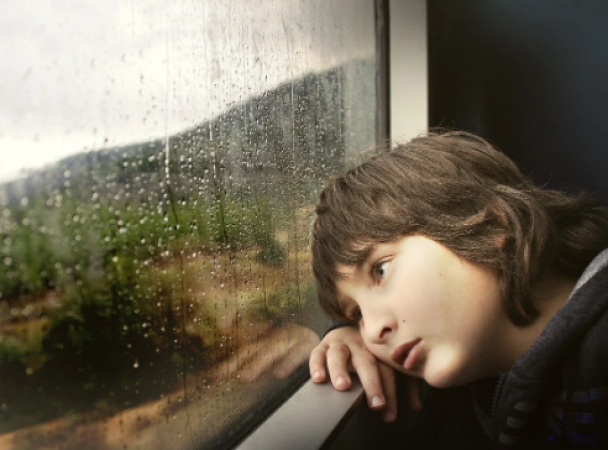
Moving is a common experience for many families, often associated with new beginnings and opportunities. However, for some children, the process of relocating can give rise to unexpected emotional challenges that may lead to childhood trauma. In this article, we delve into the complex interplay between moving and childhood trauma, exploring the factors that contribute to this phenomenon and providing guidance on how parents and caregivers can support children during such transitions.
Disruption of Stability - Childhood is a time of significant emotional and psychological development, and the stability of a familiar environment is crucial for healthy growth. Moving disrupts this stability, upending a child's sense of familiarity, routine, and connection to their surroundings. This sudden upheaval can lead to feelings of uncertainty and insecurity, potentially triggering emotional distress that may persist into adulthood.
Loss of Social Connections - One of the most challenging aspects of moving for children is the loss of established friendships and social connections. Leaving behind classmates, neighbors, and close friends can result in feelings of isolation and loneliness, intensifying the emotional toll of the transition. Children may struggle to adapt to new social dynamics in an unfamiliar environment, exacerbating their vulnerability to trauma.
Grief and Loss - Moving often entails leaving behind cherished memories associated with a particular place, such as a family home or a neighborhood park. Children may experience a sense of grief and loss as they say goodbye to these significant landmarks of their childhood. Unresolved feelings of grief can contribute to the development of trauma symptoms, impacting a child's emotional well-being and coping mechanisms.
Cultural and Identity Dislocation - Relocating to a new area may expose children to different cultural norms, values, and lifestyles. For some, this cultural dislocation can create a profound sense of displacement, leading to identity confusion and a struggle to reconcile their sense of self with the new environment. These challenges can contribute to feelings of alienation and detachment, potentially fueling traumatic responses.
Educational Challenges - Moving often involves changing schools, which can introduce a host of academic and social challenges for children. Adapting to a new curriculum, different teaching methods, and unfamiliar classmates can be overwhelming, especially for children who are already grappling with the emotional strain of the move. Academic setbacks and a sense of inadequacy can further exacerbate feelings of trauma.
Support and Mitigation Strategies -
Recognizing the potential for childhood trauma when moving is crucial for parents and caregivers. To mitigate the emotional impact, consider the following strategies:
Open Communication: Encourage children to express their feelings about the move openly. Provide a safe space for them to share their concerns and fears.
Preparation: Involve children in the moving process by discussing the reasons for the move and the exciting aspects of the new location. Emphasize the potential for new friendships and experiences.
Maintain Routines: Establish consistent routines in the new environment to provide a sense of stability and predictability.
Stay Connected: Utilize technology to help children maintain contact with old friends and family members, easing the sense of social isolation.
Seek Professional Help: If you notice signs of trauma, such as prolonged sadness, anxiety, or withdrawal, consider seeking the guidance of a mental health professional who specializes in working with children.
While moving can offer valuable opportunities for growth and change, it is essential to acknowledge and address the potential emotional impact on children. Childhood trauma resulting from relocation is a complex phenomenon that can have long-lasting effects on a child's psychological well-being. By understanding the factors that contribute to this trauma and implementing supportive strategies, parents and caregivers can help children navigate the challenges of moving and foster their resilience in the face of change.
Also read: Decoding the Enigma: 3 Mysteries Behind the "Chill" Girl
Harmonious Living: Embracing 7 Simple Remedies for Inner Peace
5 Encouraging Signs That You're Nearing the Pinnacle of Your Best Self